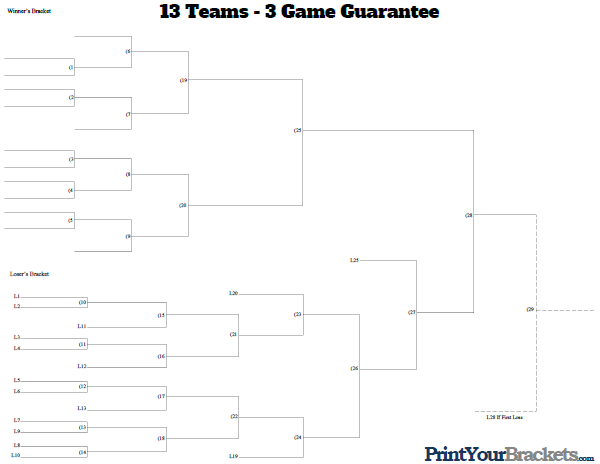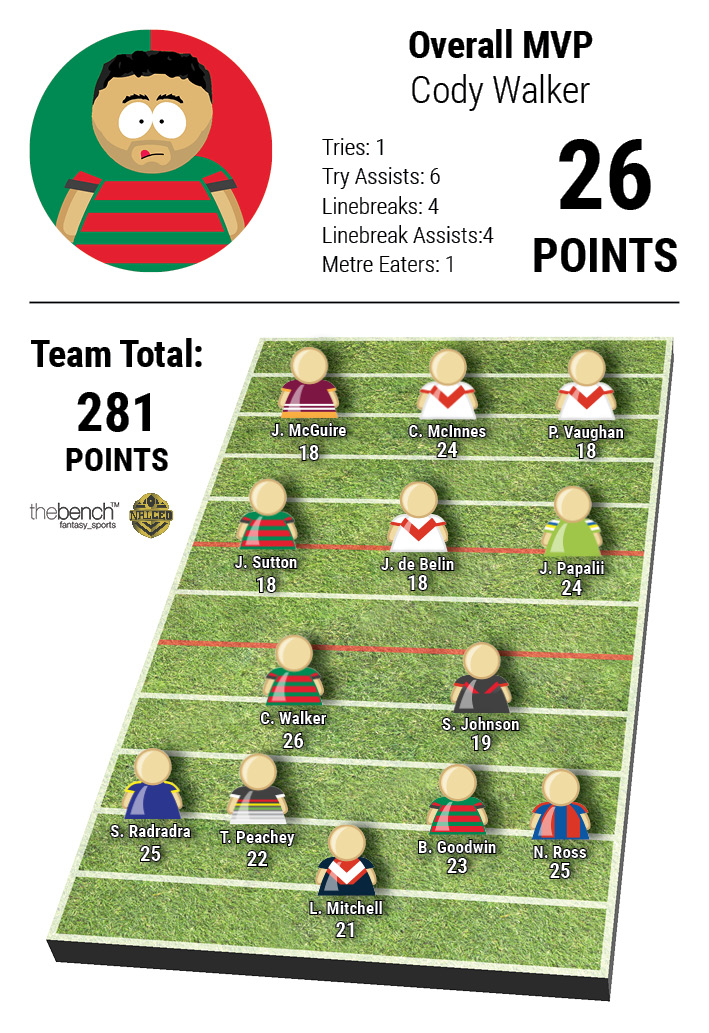


Pay attention to whether they ask the right questions. To assess motivation, ask them directly what motivates them and what does not.

If they are defensive about their results, you’ll know you have an individual who is not open to learning. If you do this, and they still don’t meet your expectations, you’ll have a clear indicator that it was their competence that was lacking, not your guidance. At the front end of the project, always ask: “What resources do you need to achieve your goal?” Make sure to provide the support they say they need. Be extremely clear about the deadlines and metrics that will measure their progress and the caliber of their results. Give them challenging assignments that have short-term, concrete, and measurable outcomes. But you can start by assessing someone’s actual level of competence in critical responsibilities. It’s frustrating not knowing if what you’re seeing is due to a lack of competence, a lack of motivation, or both. These are the individuals you need to reengage through coaching or by finding a better fit in responsibilities. The second type of C player possesses the competence to do their job but is not motivated for a variety of reasons. Perhaps they can flourish in less-demanding roles or in other parts of the organization, or perhaps they simply need to leave entirely. These are the individuals you need to manage out of your team. They simply don’t possess the capability to perform in their current job. The first are those who have been promoted beyond their level of competence (a concept popularly known as the Peter Principle). There are three main types of C players, and what you should do depends on which you’re working with. But might there be ways to rejuvenate some of them? To help them become B, or even A, players? Wouldn’t you become a better leader by taking on their personal development? Shouldn’t you at least start by more rigorously testing their competence and motivation? Not All C Players Are the Same So what should you do with C players? The typical response is to manage them out of the organization.

They’ll ask themselves: Why does my boss tolerate this person’s low standards and lack of motivation? Their poor relationship skills and micromanaging? Don’t they see how demotivated I am working for this person? They can block the advancement and development of your most talented people, who will question your credibility as their leader. In our work with managers, we’ve learned that it’s critical not to procrastinate when it comes to addressing their performance and their roles on the team their negative impact can have serious consequences. While it’s easy to devote your attention to your highest performers, you’d be remiss to neglect your C players. Perhaps they even blame you for not giving them more-precise instructions and expectations. They tend to blame others or external factors for delays and incomplete assignments. They may accomplish only 40% to 50% of what you were expecting. And the few who fall below expectations on one or more of these are your C players.Įarly in your tenure as the boss, you will spot the C players by their lack of preparation on assignments or their consistent failure to meet deadlines and follow up on requests. The strong but not exceptional contributors are your B players. At a minimum, you’ll want to focus on three dimensions: (1) Competence - Does each individual match the competence demands of their role? (2) Motivation - Does each member of the team possess the required drive and the willingness to learn new capabilities as needed? (3) People skills - Is each person capable of building constructive working relationships with their colleagues and with you? Those who excel on these criteria are your A players, your outstanding performers. All rights reserved.When you start leading a new team, one of your first imperatives is to assess the caliber of the talent you are inheriting.


 0 kommentar(er)
0 kommentar(er)
